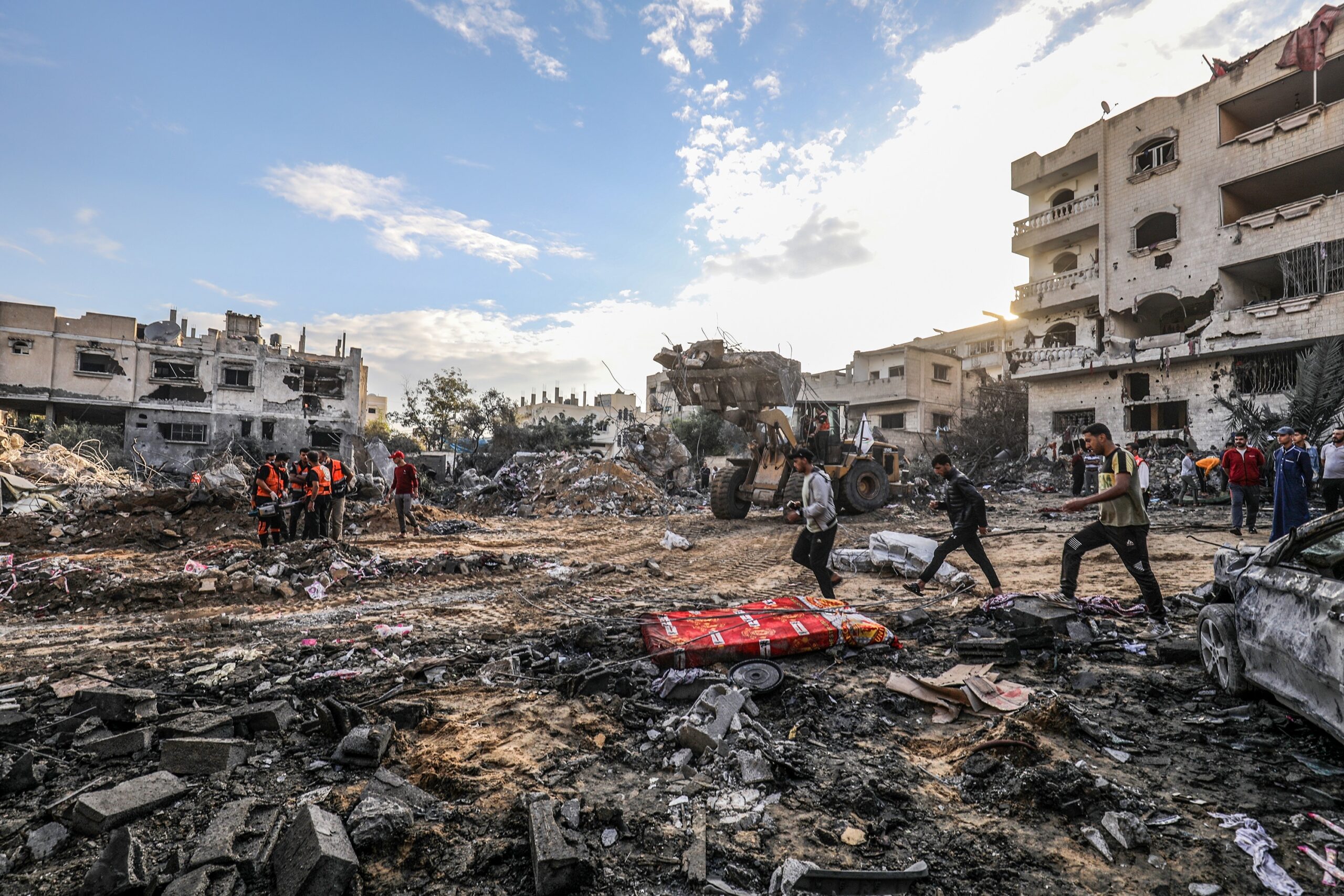[ad_1]
EVERGLADES CITY, Fla. (Reuters) – As Hurricane Irma raged through Everglades City, a tiny fishing village in a vast alligator-infested swamp, Howie Grimm hunkered down inside his house with his 88-year-old mother, a useless cell phone and a new job title.
He had been acting mayor for less than a week.
When the winds started to wane, he jumped in his truck and moved his mother to a higher perch – a trailer on stilts – because he knew a storm surge would follow the eye of the storm. He watched from the trailer as the surge swallowed his truck.
“And that’s how it all started, my – what do you call it? – mayorism?” he recalled with a laugh on Monday, as he leaned on a flooded forklift in front of his business, Grimm’s Seafood.
While most of South Florida was spared the worst of the dangerous storm, this remote hamlet of about 400 residents in the southwest part of the state, felt the full wrath of Irma’s winds and waves.
And yet residents here seemed to take it in stride, surveying the damage with a good humor and a shrug of the shoulders. Little help had arrived from the outside world the day after the storm, but no one here seemed to be asking for much help, either. In a town surrounded by marshlands, storms and floods are part of the deal.
The few residents that remained in this outpost for Irma’s landfall on Sunday watched a surge up to eight feet high inundate roughly half of the homes and businesses – all the ones that were not up on stilts – and cake the town in gray swamp slime.
Sammy Hamilton, 83, the city’s mayor for 22 years until last week, lost two buildings housing tourism businesses, along with several vessels.
One of his 55-foot tour boats ended up in a tree – an ornament of sorts.
“That’s how we decorate here for Christmas,” said Hamilton, who stepped down over his handling of the town’s sewer plant, which had fallen out of compliance with state environmental regulations and faces a major overhaul.
The Florida Department of Environmental Protection sued the city in 2015, after inspectors caught the plant pumping sewage into nearby mangroves.
Few residents expressed much anger with Hamilton over the sewer plant or his resignation days before a major flood.
“I love the old mayor,” said Grimm, the acting mayor, who had criticized Hamilton’s handling of the sewer debacle. “He’s done a lot of good. He just decided he’d had enough.”
CRABS, ALLIGATORS AND AIRBOATS
Everglades City is isolated geographically and culturally from the rest of South Florida by 1.5 million aces of preserved wetlands.
Founded in the late 1800s, it later became the last stop on the Atlantic Coast Line Railroad. Its historic Rod and Gun Club, which has hosted a half dozen U.S. presidents, including Harry Truman when he dedicated the swampland surrounding the city as a national park in 1947.
Today, the city’s economy rests on three main commodities: stone crabs, alligators and airboats. The commercial catch of stone crabs once played a bigger role than tourism – which primarily involves scouting alligators on airboats – but that mix is changing, said Vicky Wells, a fifth-generation resident.
Her brother was among those who happily made the switch from processing crabs to toting tourists around on airboats.
“It was a lot more money for a lot easier work,” Wells said. “People here do whatever they need to do to feed their family.”
And many do whatever is needed to protect their family from wind and water. Having weathered many storms, the Wells family built their home a decade ago to withstand a major hurricane.
Vicky’s husband, Bob Wells, 72, drove pilings 23 feet into the ground and used rebar to reinforce a concrete foundation every two feet. He encased the windows in concrete, too.
“We built this thing to stay. It stayed,” Bob said.
‘FOREIGNERS’
Across the street from the Wells’ home, Ricky Collins, a 68-year-old Everglades City native, washed muck from his driveway as his grandson pushed it out of his house with a broom.
The flood didn’t rattle him, and he didn’t think it would change how his neighbors, even the newer arrivals, viewed living there.
“The difference in this town now is that we have a lot of foreigners – I mean, people from out of state,” he said. “But they’ll stay, too. They’ll probably do better than we will, because they have better insurance and everything.”
Among the newcomers is Marlene Sassaman, 69, who moved here four years ago. She stayed for the storm and spent the next day mopping the mud out of her first floor.
“If you have a strong house, you’re fine,” Sassaman said
As for the departure of the old mayor, she said she preferred to steer clear of any controversy.
“Let’s just say he ‘retired.’ I don’t want to go there,” she said. “He was born and bred here, and his pappy was born and bred here … I really love this place, because it’s one of the last small towns in the country.”
[ad_2]
Source link






Leave a Reply